Is The Last Unicorn Actually A Studio Ghibli Movie?
The Last Unicorn, an underappreciated animated film from 1982, is unlike anything else that has come before or since. The plot follows the titular unicorn (voiced by Mia Farrow) as she wanders the world for others like her after learning she is the last. It is based on Peter S. Beagle's 1968 novel of the same name (he also authored the screenplay).
She is kidnapped by the evil Mommy Fortuna (Angela Lansbury), befriends Schmendrick the magician (Alan Arkin) and Molly Grue (Tammy Grimes), and battles the fearsome Red Bull along the way. She also meets Prince Lear (Jeff Bridges) and King Haggard (Christopher Lee).
The film's stunning animation is one of its most outstanding features. Rankin/Bass Animated Entertainment produced the picture, and the studio well known for the 1964 stop motion television spectacular "Rudolph the Red-Nosed Reindeer." Their other works include the animated version of "The Hobbit" from 1977, as well as the 1980 adaptation of "The Return of the King" (they didn't own the rights to the rest of Tolkien's trilogy). Beagle was selected to write the script for Ralph Bakshi's 1978 rendition of "The Lord of the Rings."
Hayao Miyazaki, Isao Takahata, and Toshio Suzuki created Studio Ghibli three years after the premiere of "The Last Unicorn." Studio Ghibli is the legendary studio behind "Princess Mononoke," "Spirited Away," and "Howl's Moving Castle," among other films.
How is this Rankin/Bass film, in fact, a Studio Ghibli production?
"The Last Unicorn" was animated by the same crew that worked on "The Hobbit" and "The Return of the King." Author Peter S. Beagle admitted to Aaron Golden that he was initially disappointed with the decision to collaborate with Rankin/Bass since he disliked their past work. In truth, though it took him a while, Beagle finally warmed to to the film, particularly the animation and performances. Not only is the animation breathtakingly gorgeous, but it is also rather unusual. Those beautiful images were created in Japan to cut down on costs, despite the fact that Rankin/Bass was an American studio.
The process was discussed in detail during an interview that highlighted the following points:
“Here’s how it is: Financed in England, produced by Rankin/Bass, American company...but all of the work was being done in Japan, which was a process of Rankin/Bass going to less expensive animators in another country. And they hired –most of the animation was done by a company called Topcraft. And the minute they finished The Last Unicorn, Miyazaki hired them...And in fact, he didn’t just hire them, the studio top rep was in financial difficulties, he came in and took them over and bought them up and turned it into Studio Ghibli. So most of the animators and designers who worked on The Last Unicorn, became the core team of Studio Ghibli. And all of those – ‘Nausicaa,’ ‘Kiki,’ all of them, the great Miyazaki early movies, were done by many of the same people as who worked on The Last Unicorn.”
Miyazaki began work on "Nausicaä of the Valley of the Wind" with Topcraft immediately after "The Last Unicorn" was completed. Despite "Nausicaä's" success, Topcraft soon went bankrupt, and Studio Ghibli grew from the ashes. Many regard "The Last Unicorn" to be a proto-anime film because to its pedigree and style of animation, and Beagle went on to explain that they are frequently asked to anime conferences as a result.
"The Last Unicorn" does have visual similarities to those early Studio Ghibli films, and it's simple to see why if you realize how much of the same staff worked on both. There are numerous variables that contributed to the film's success, but it is unsure whether would have been nearly as enjoyable if Topcraft hadn't given it such memorable imagery.



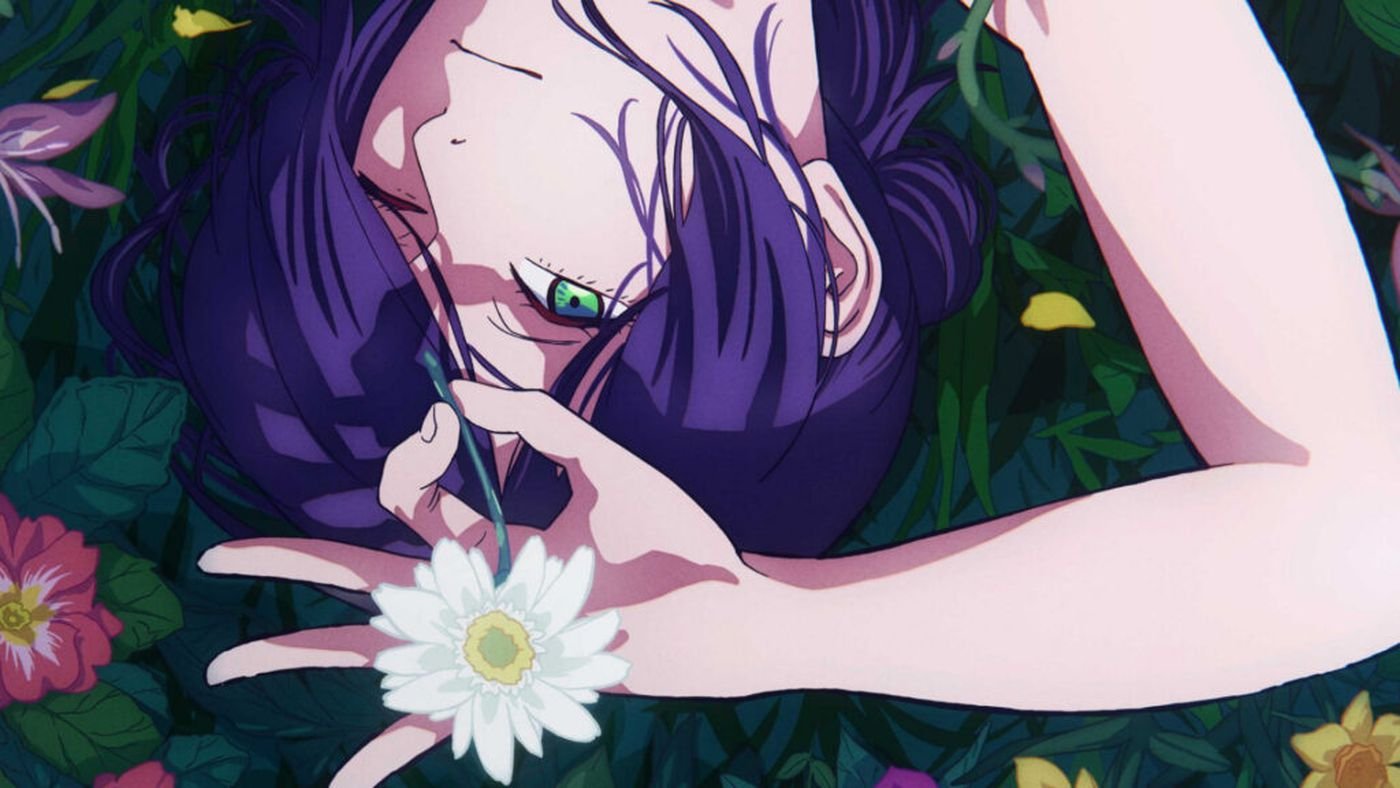
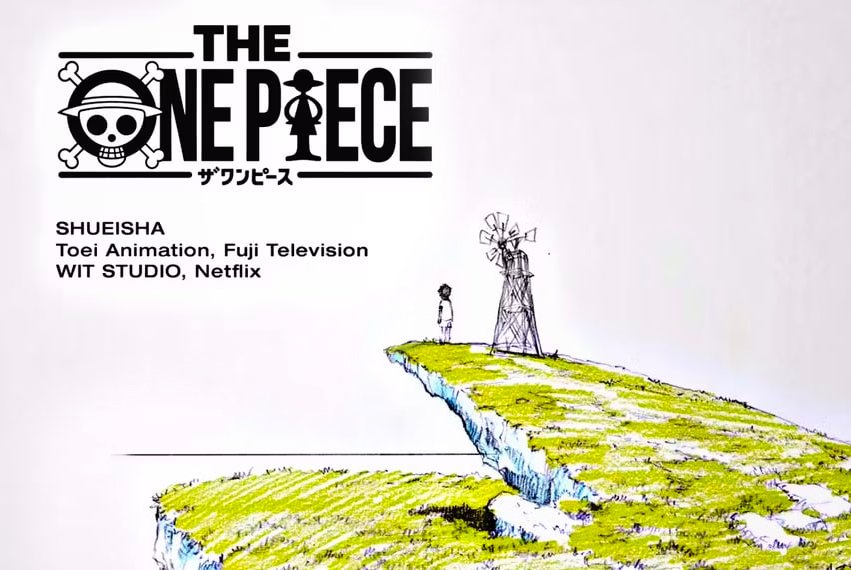
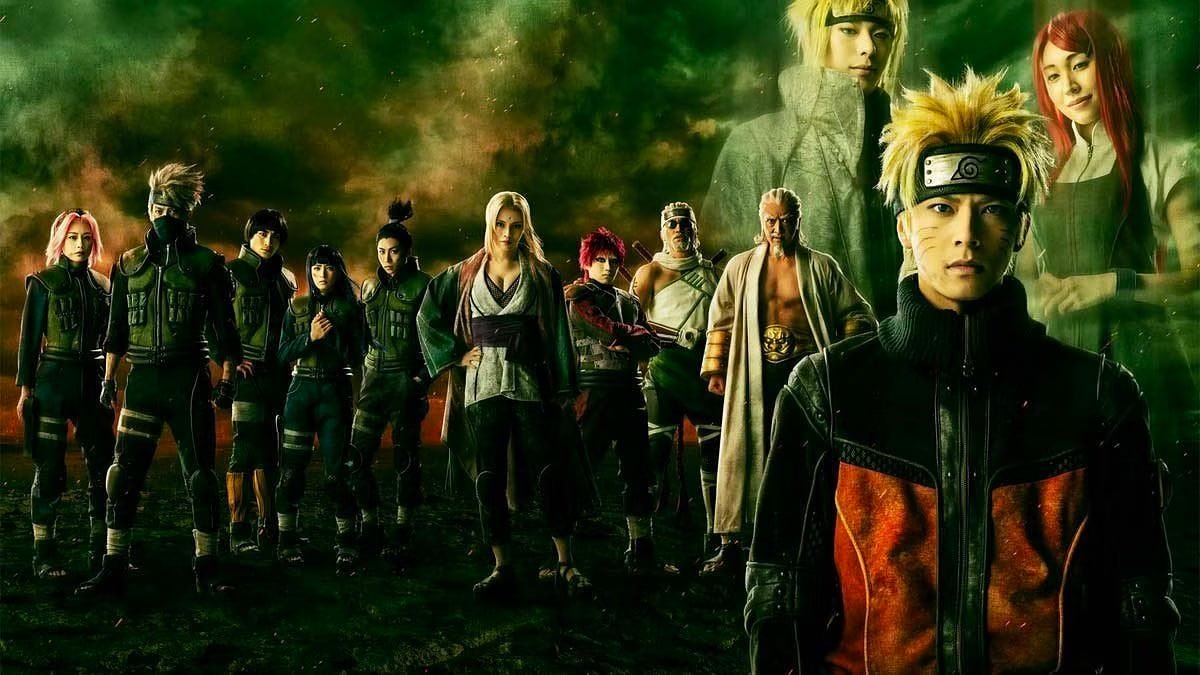
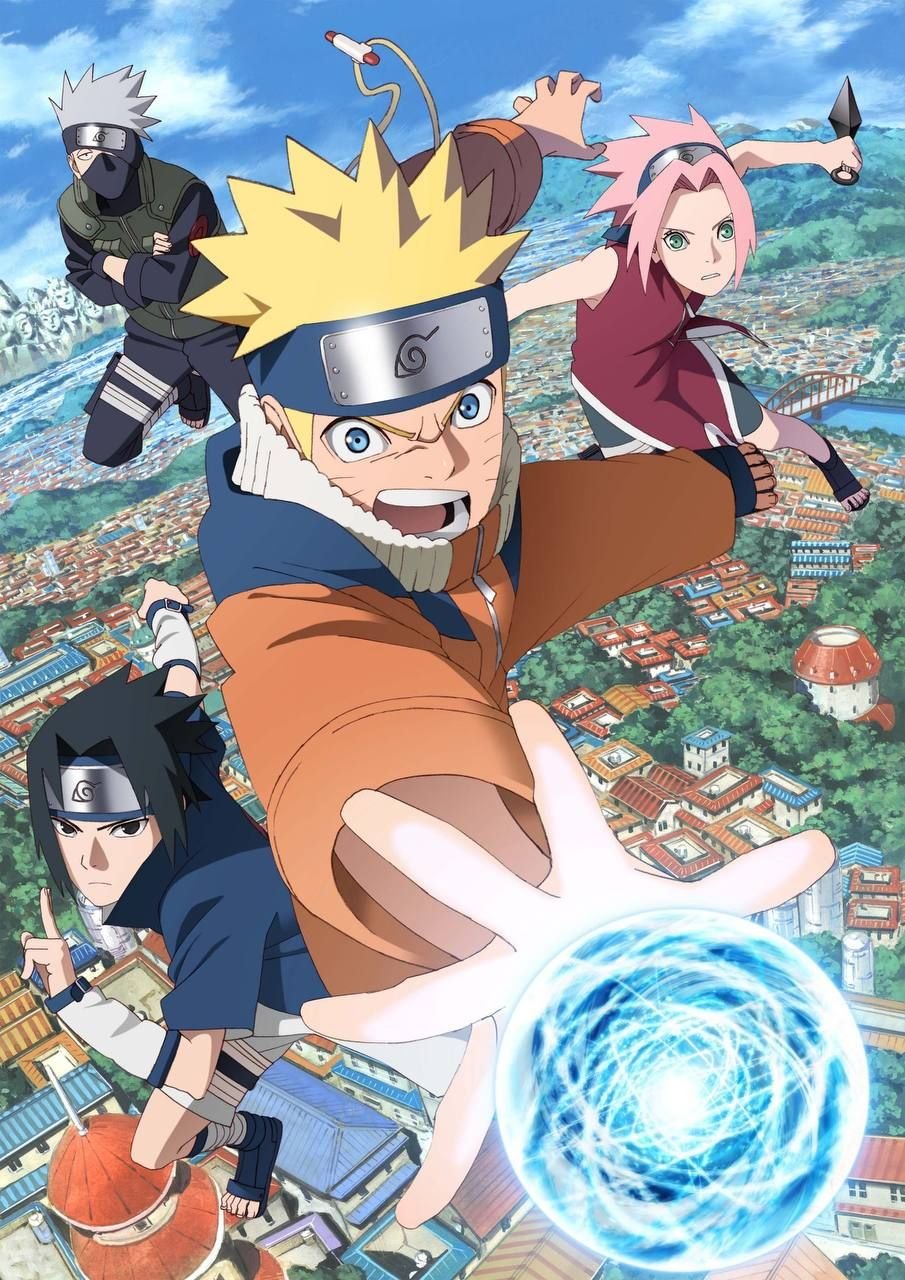
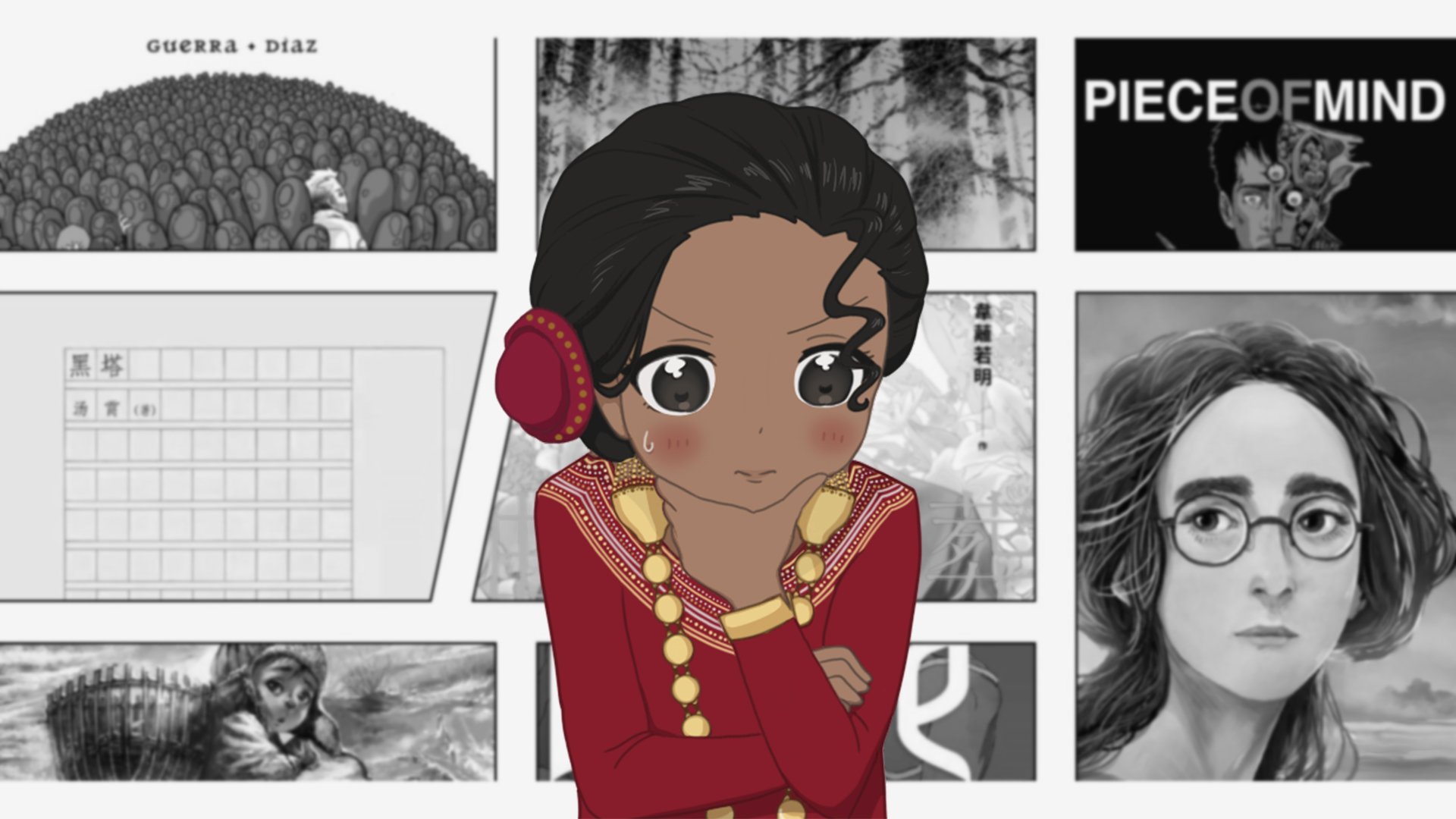
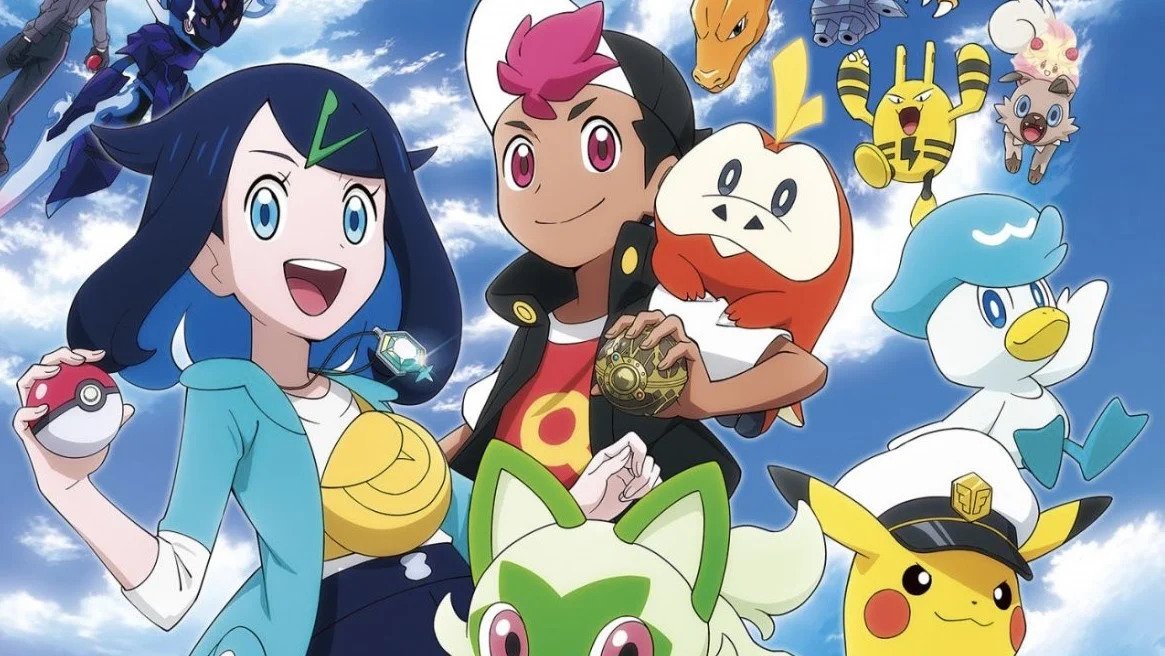
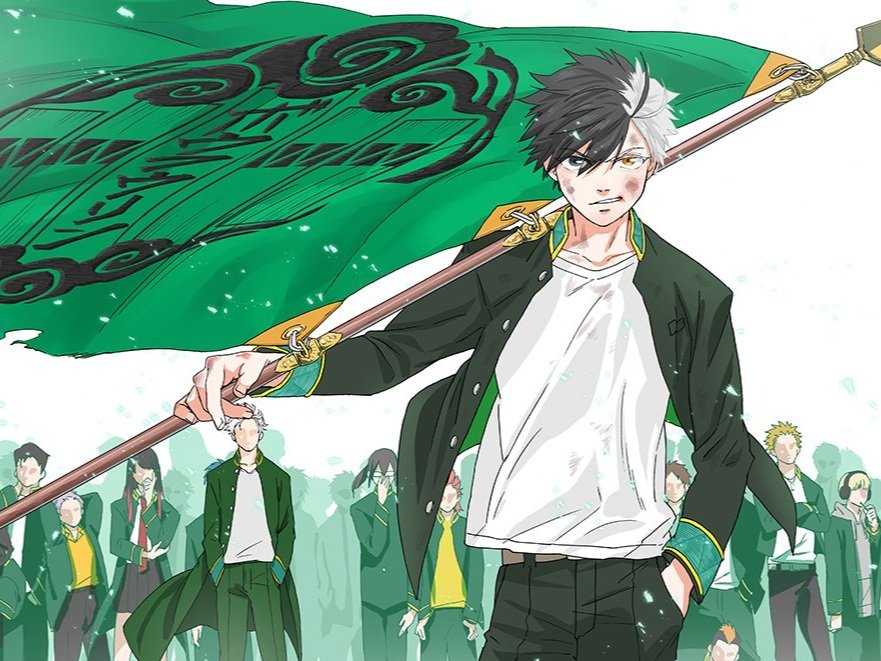
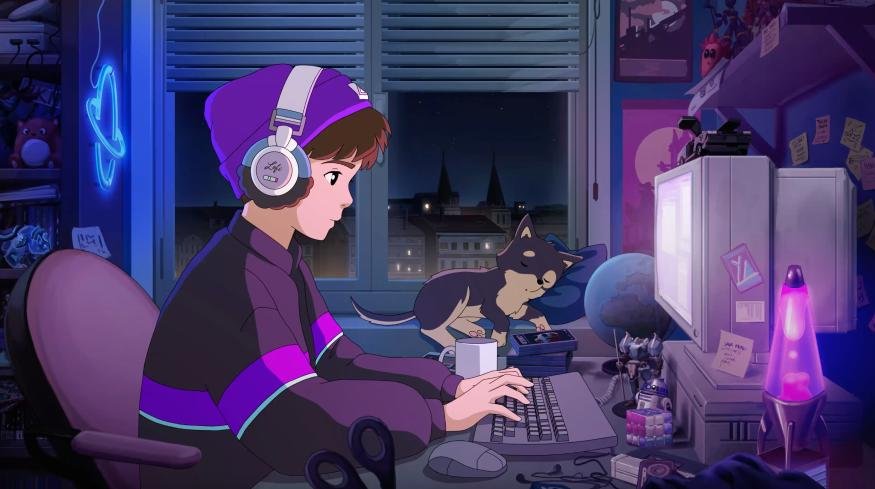
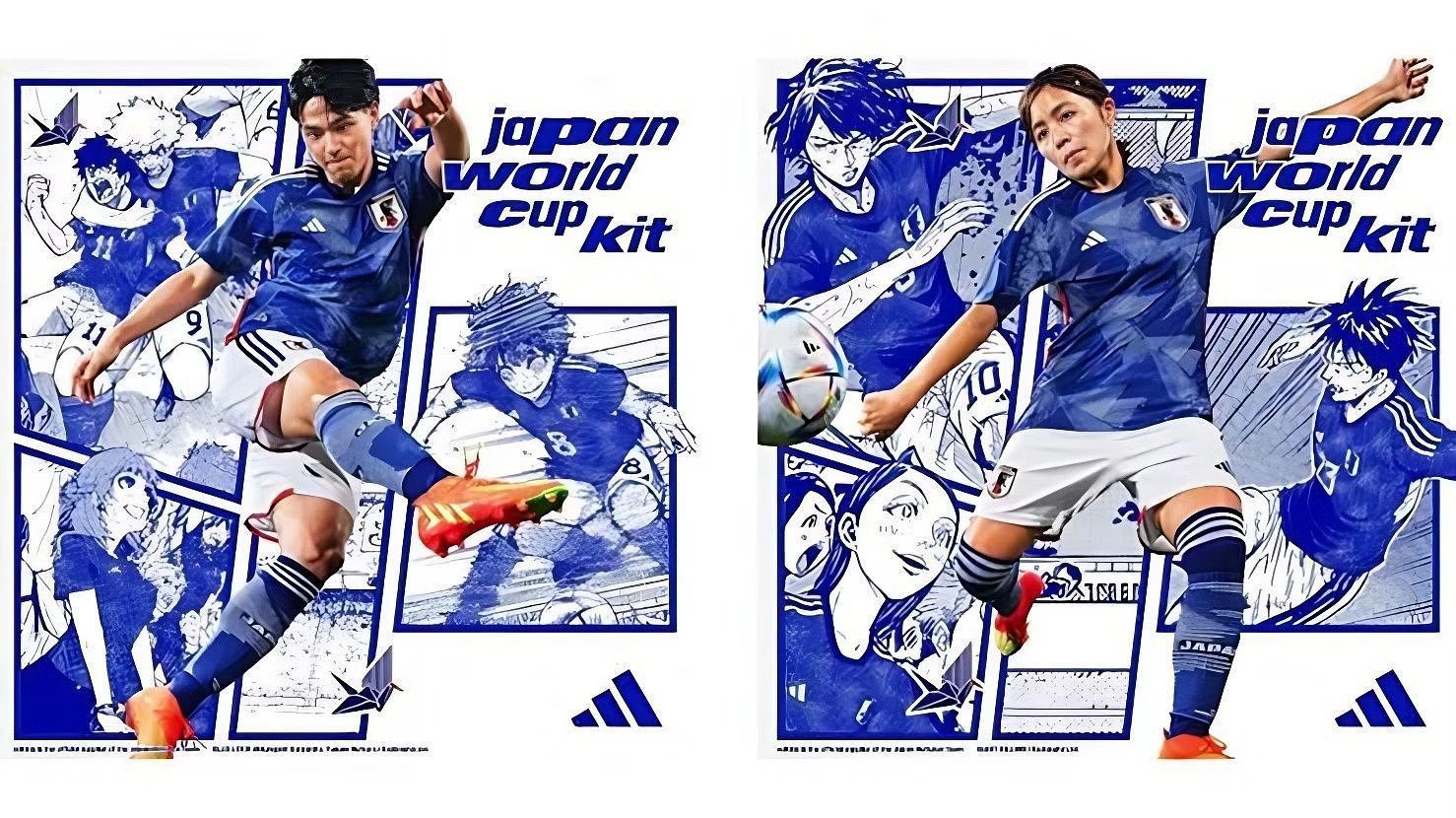
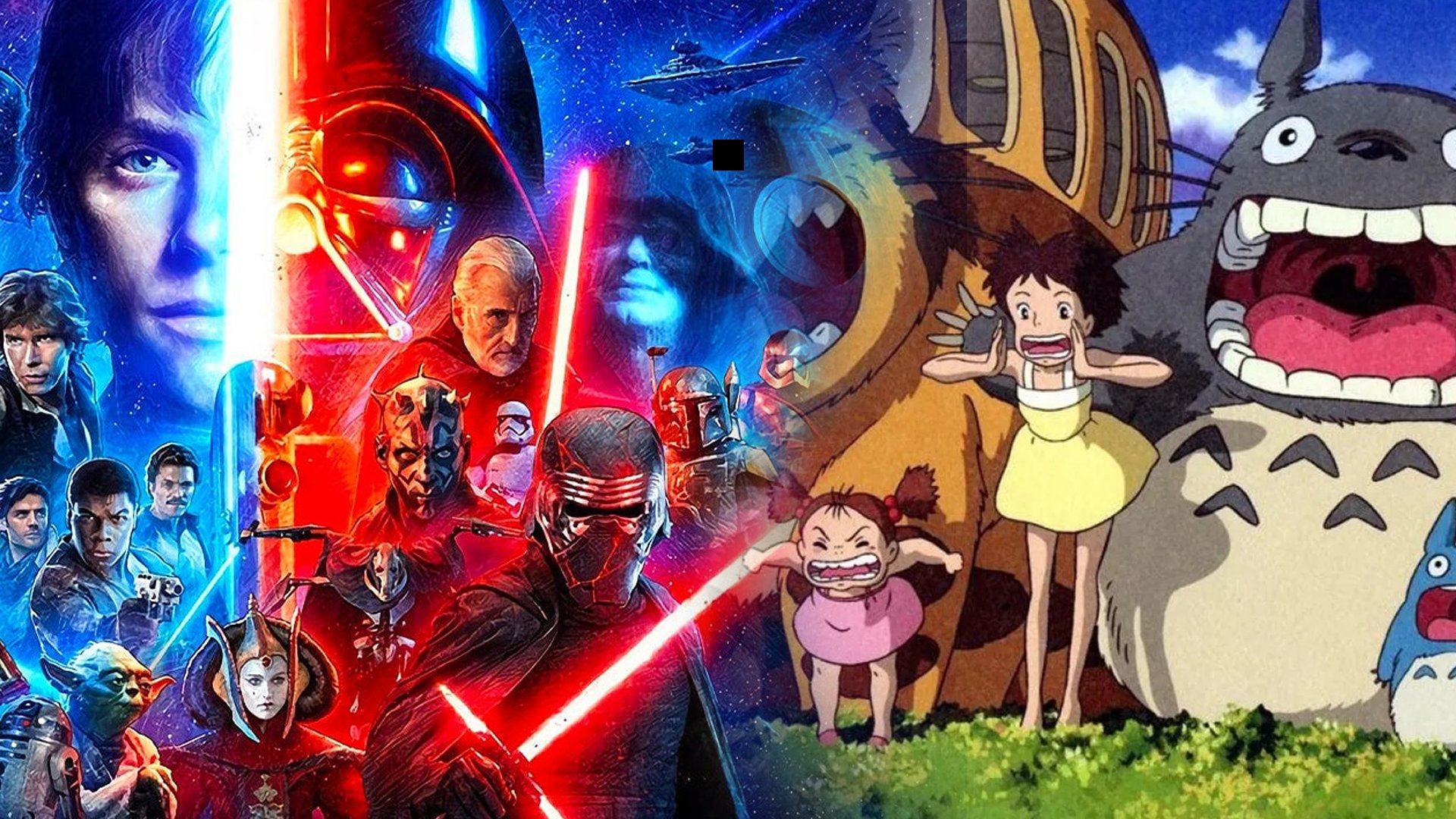
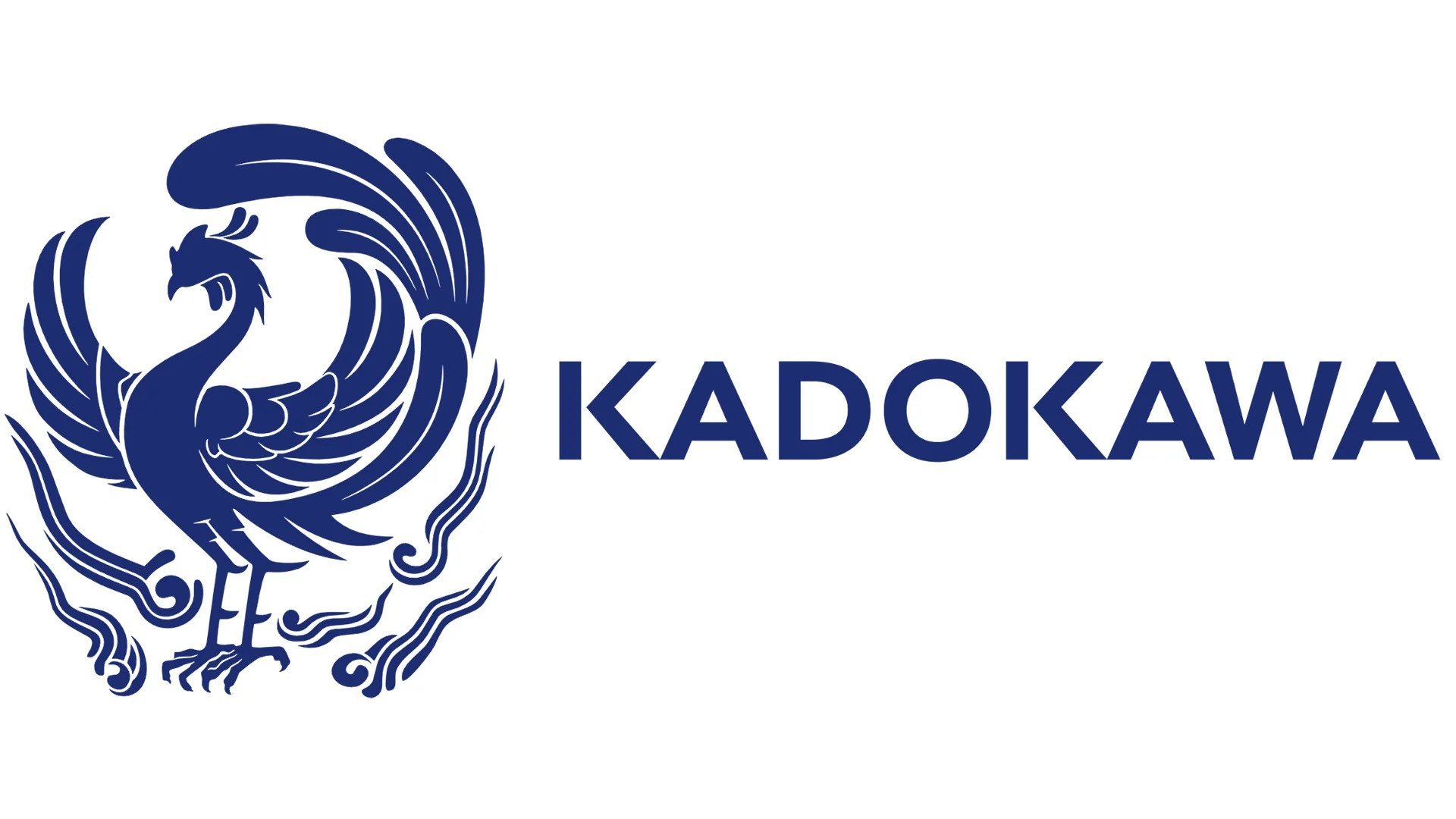
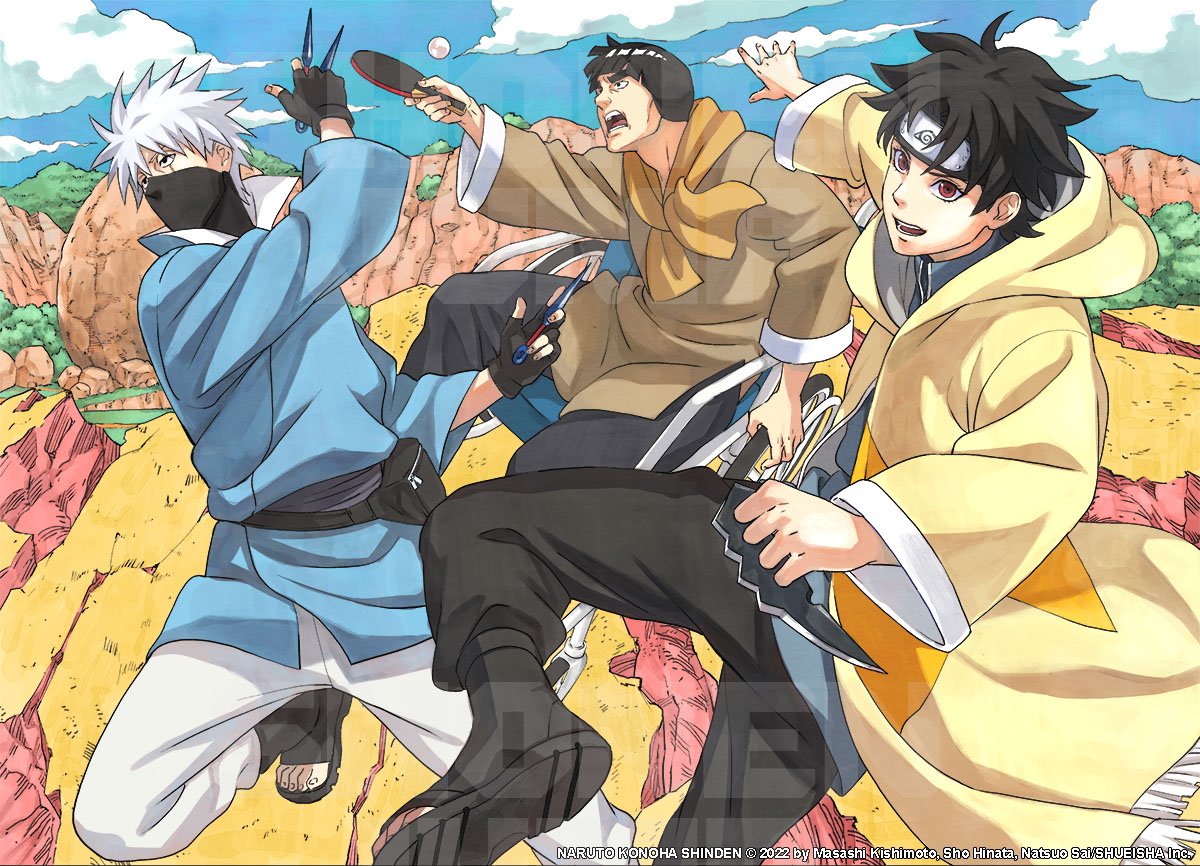
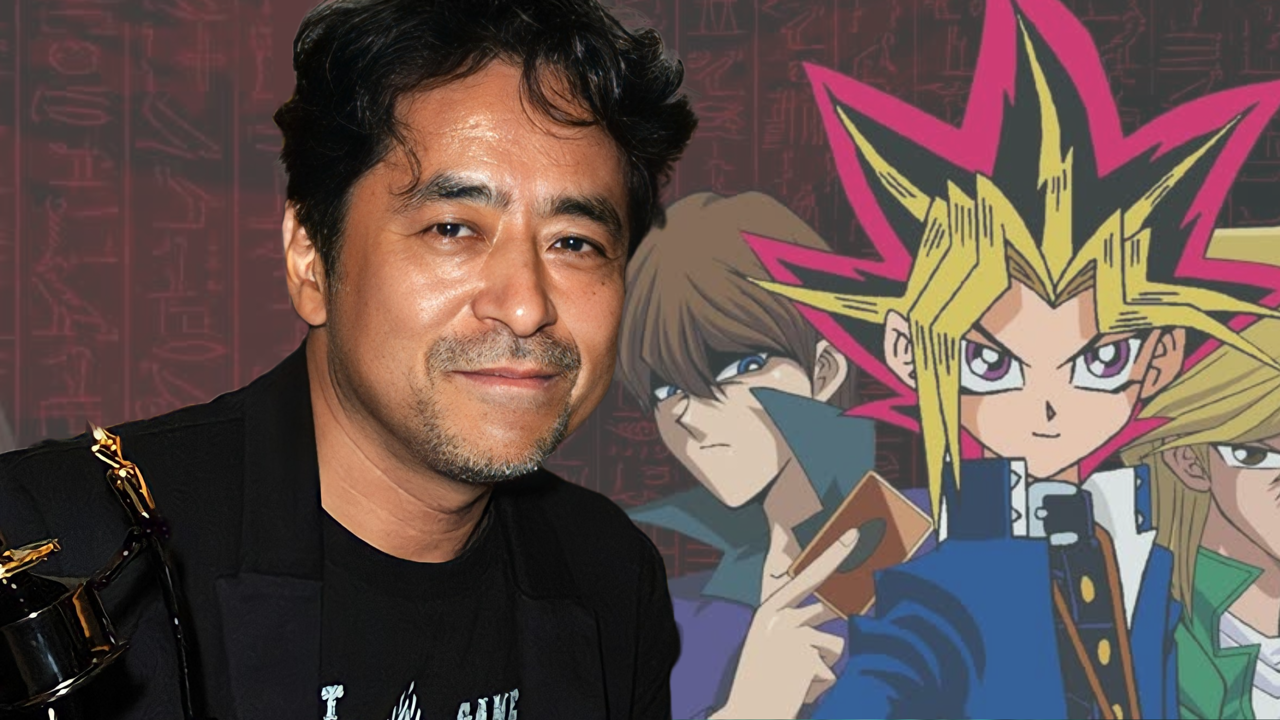
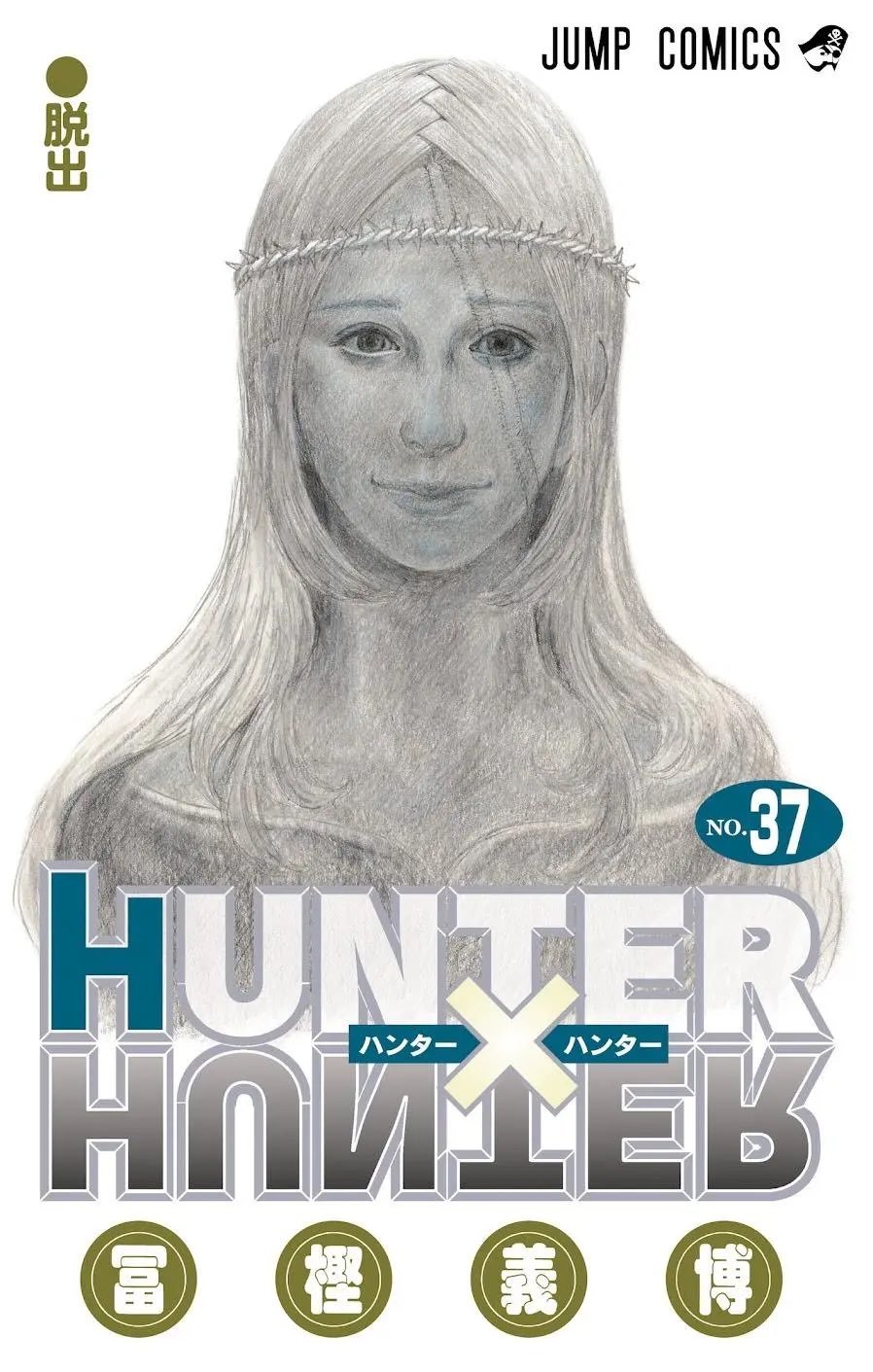
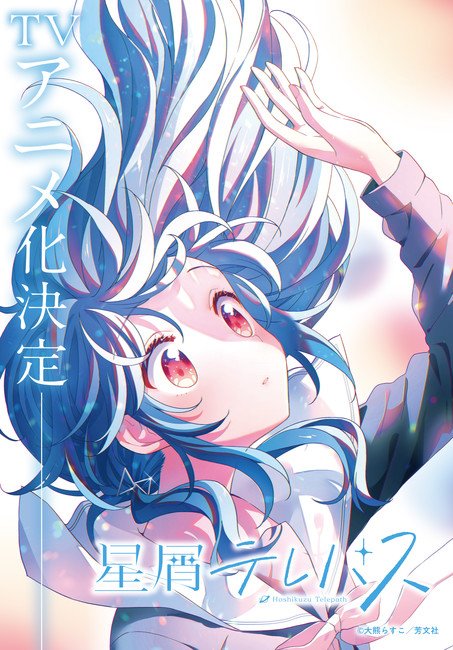
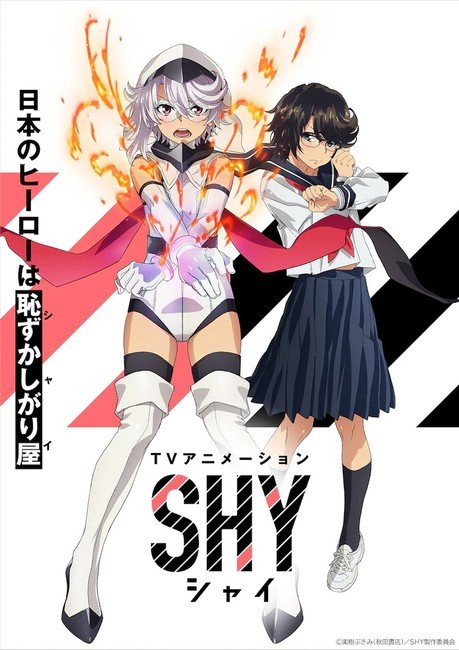
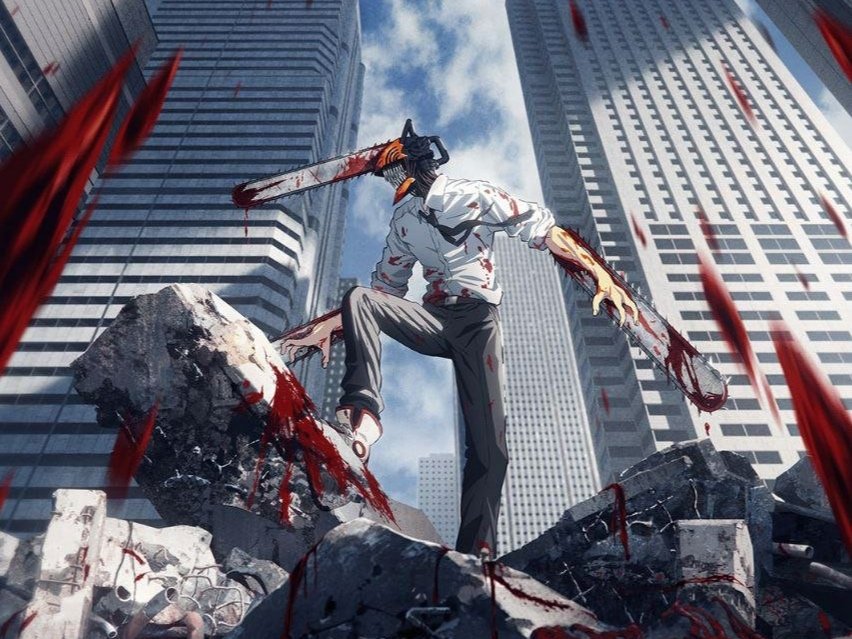
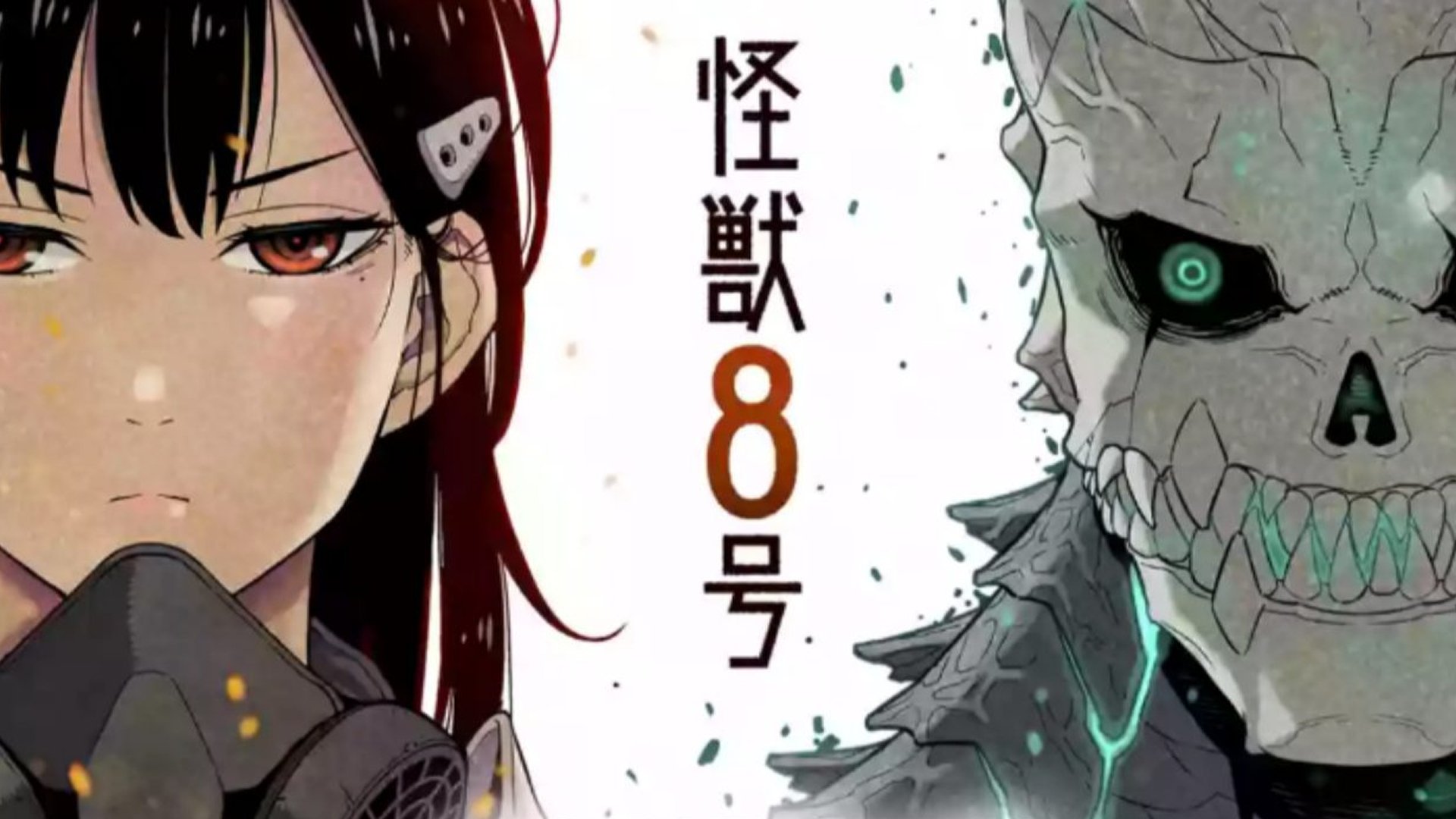

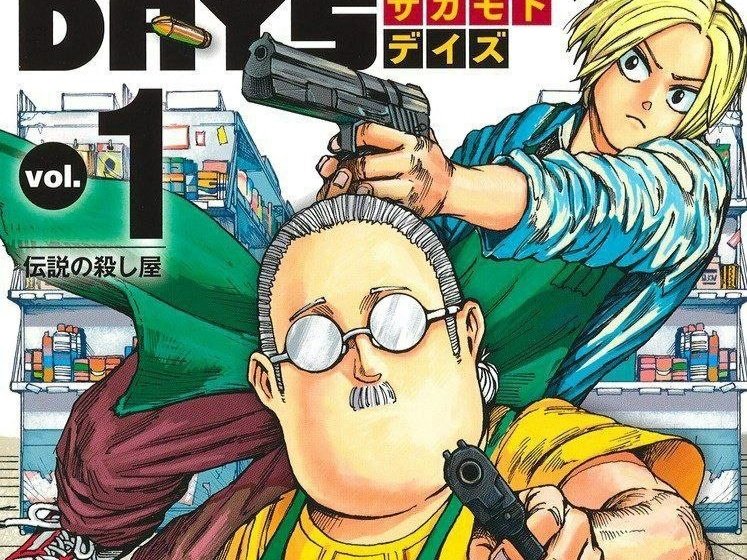
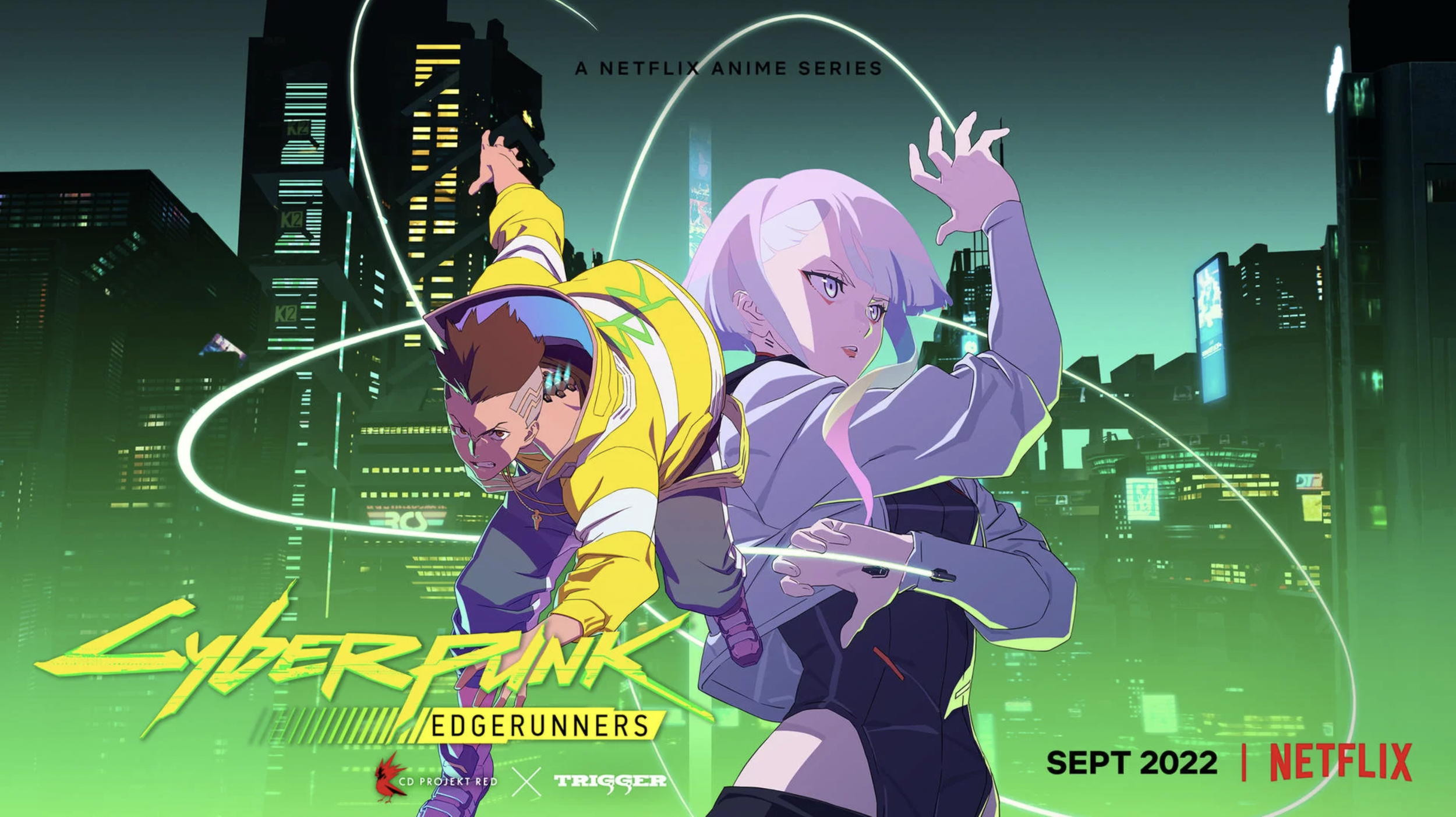
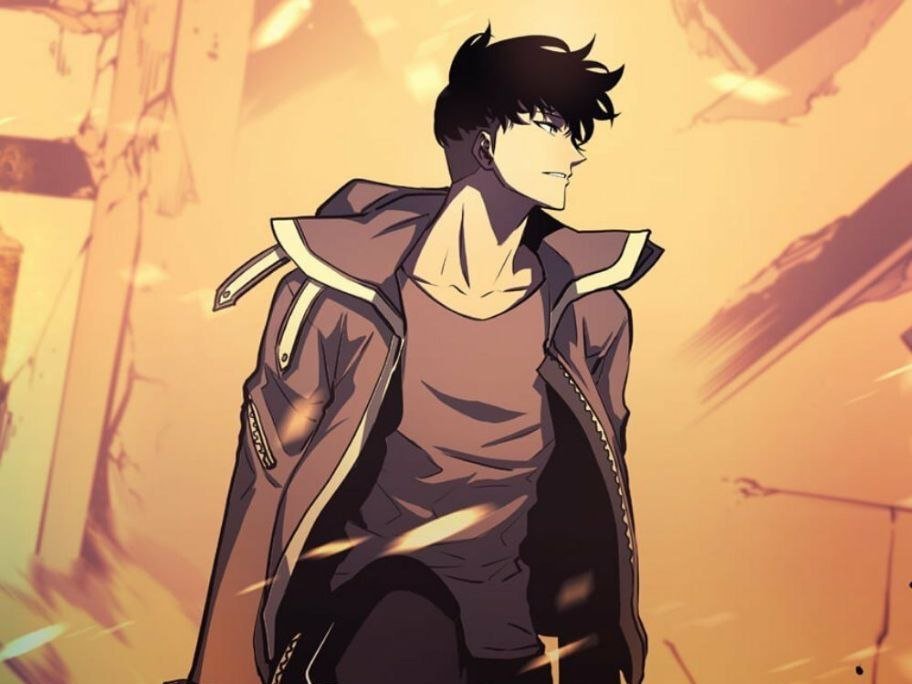
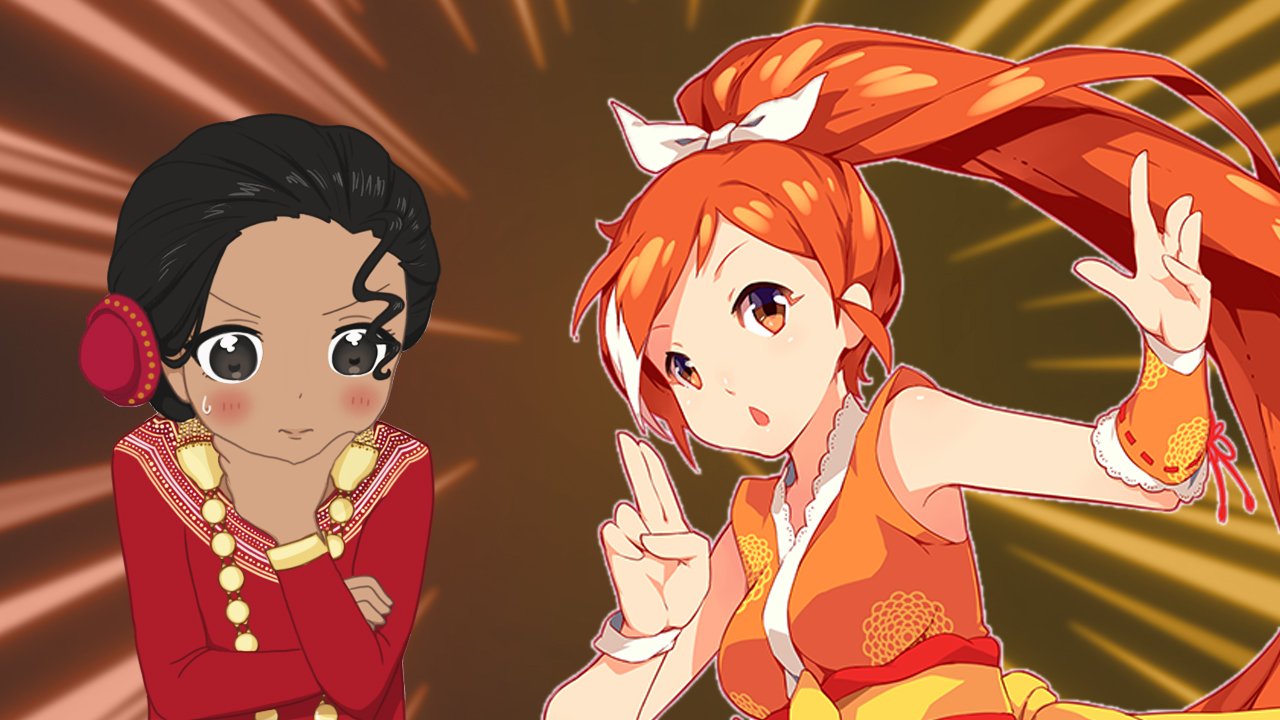

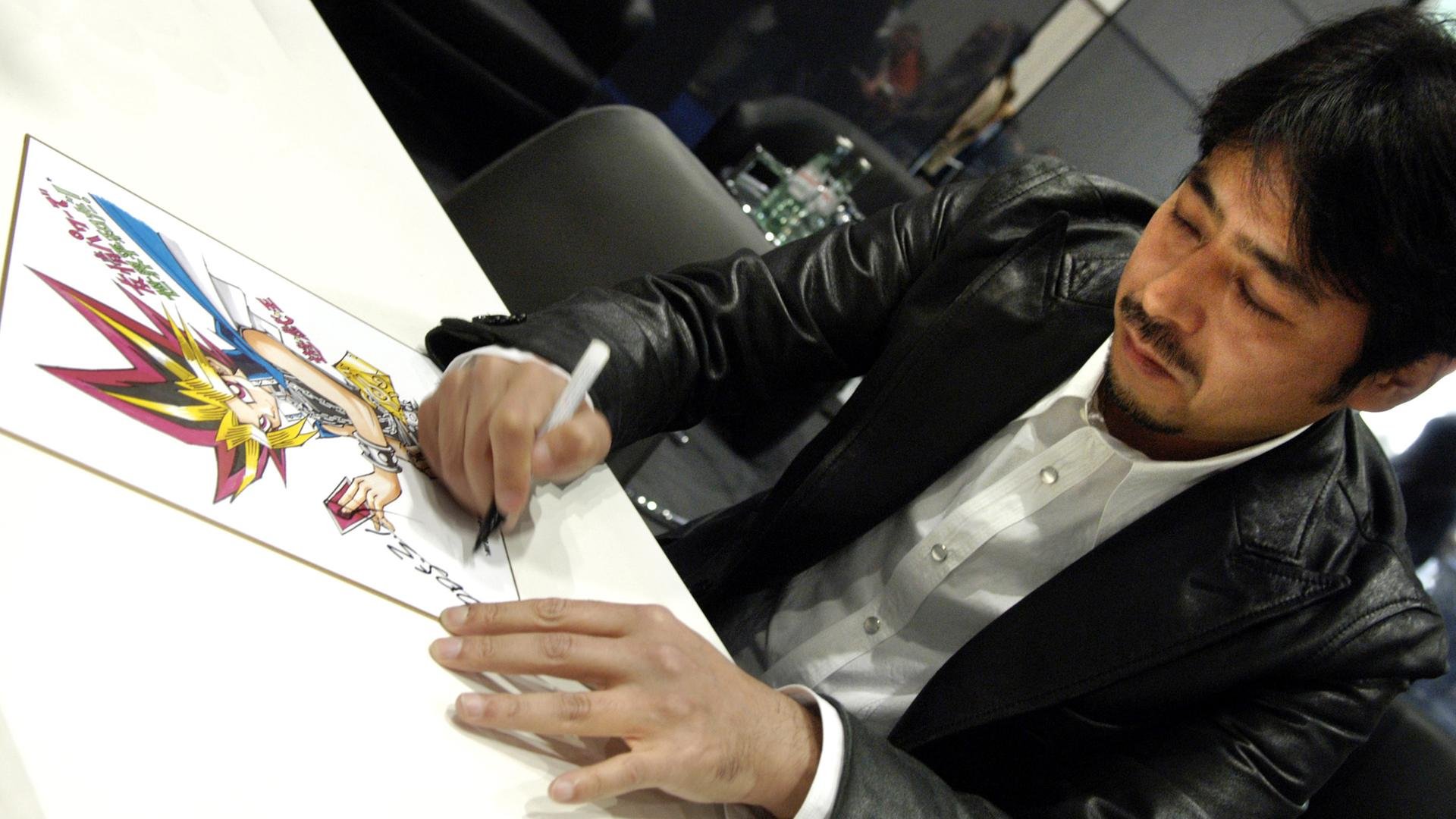
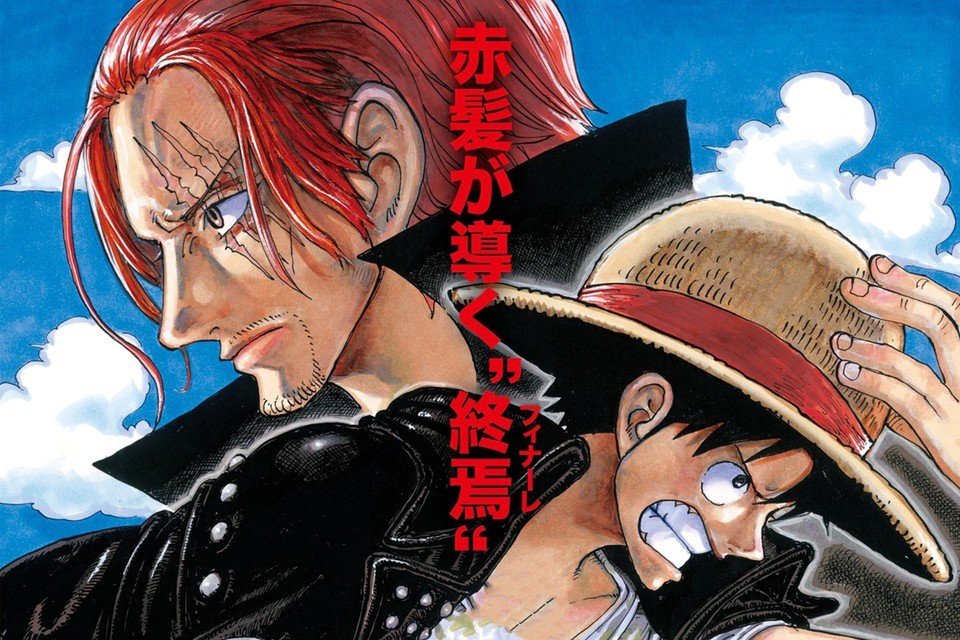
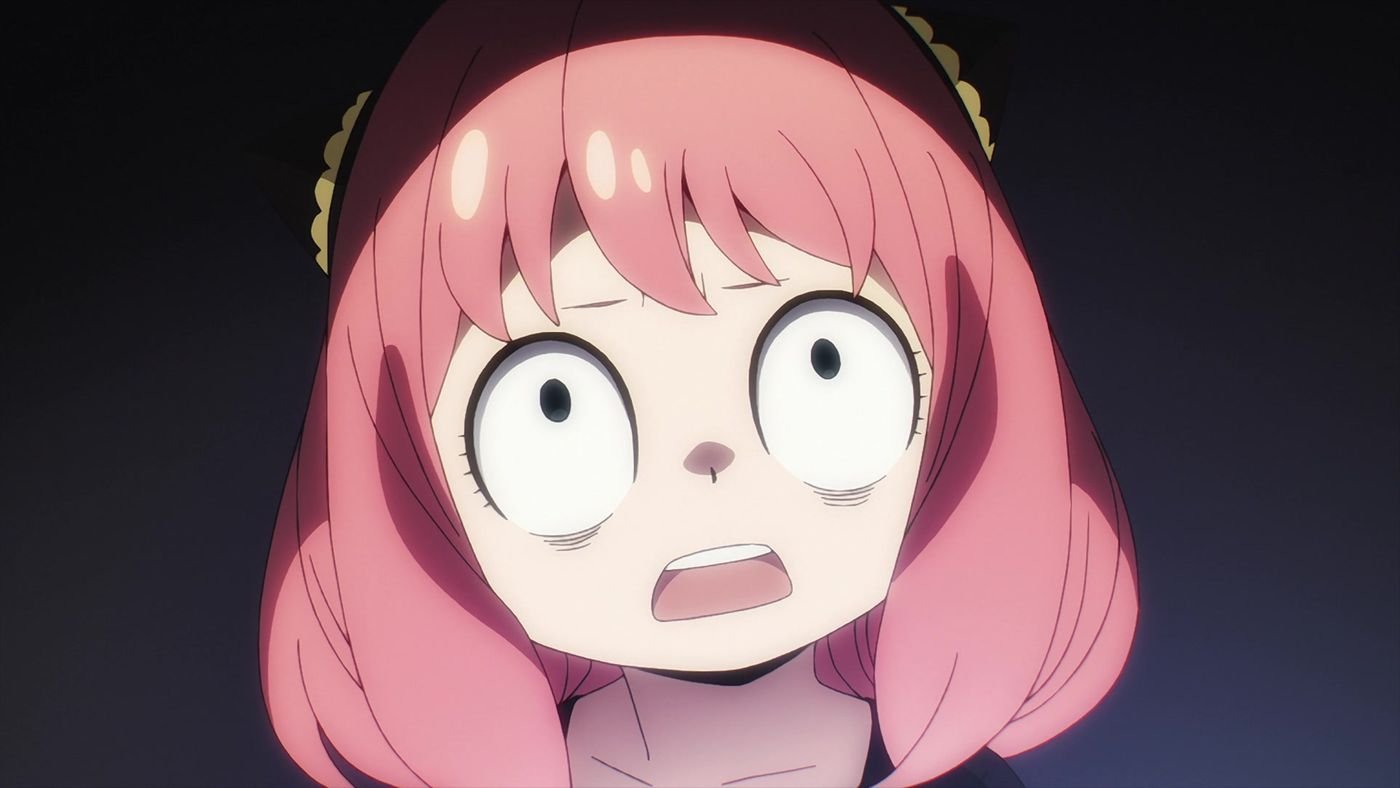
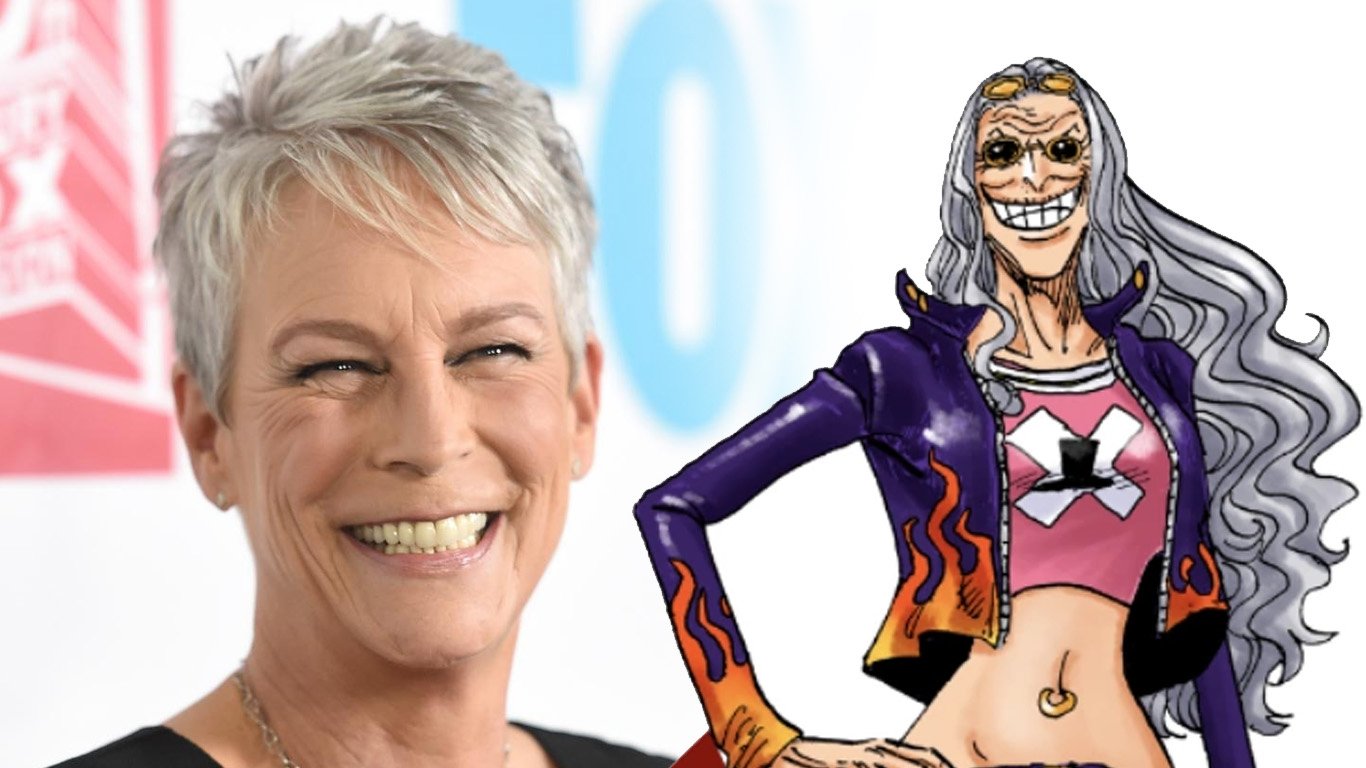
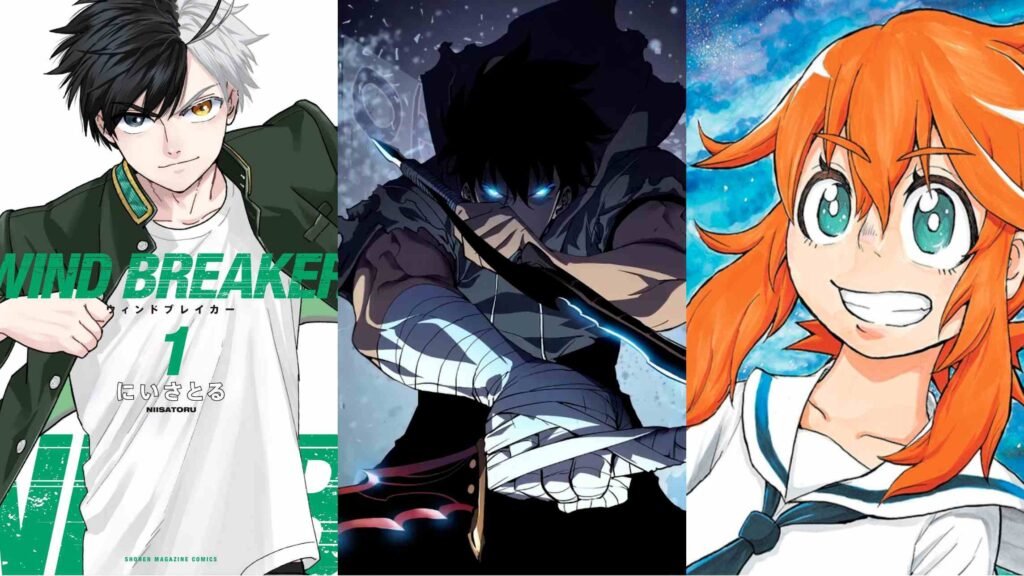
From the mind of One Piece creator, a mysterious tale unfolds on Netflix, this January. Eiichiro Oda's 'Monsters' - expect the unexpected.